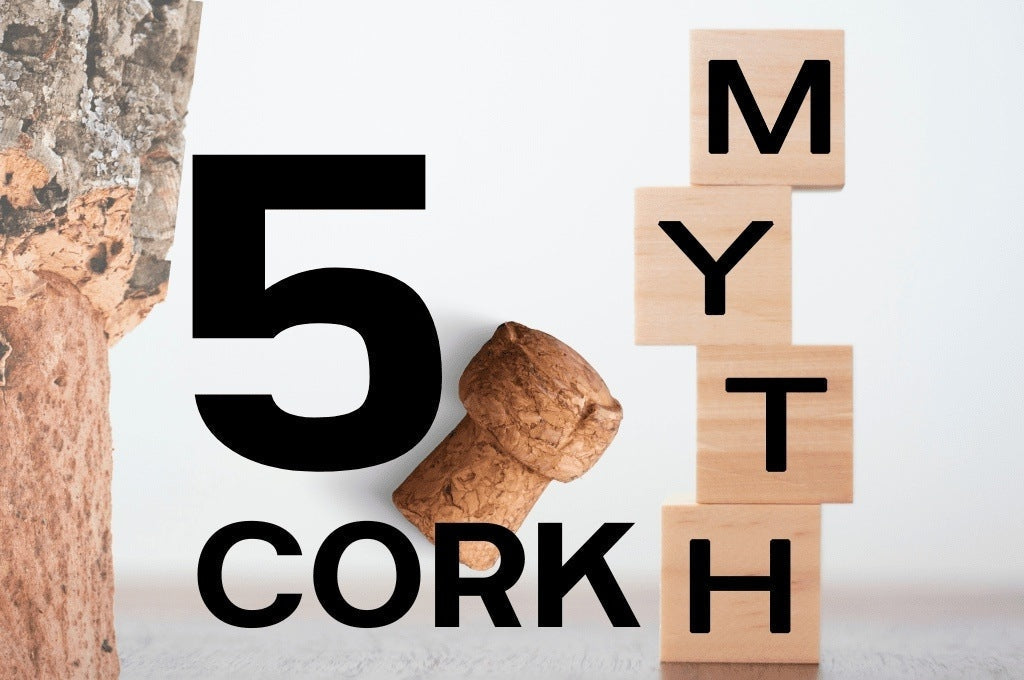Cork, a material with a rich history and diverse range of applications, is often subject to various myths and misconceptions. In this exploration, we debunk five prevalent myths surrounding cork to shed light on the true nature of this remarkable material.
Myth 1: Using cork contributes to the decline of cork forests because the Cork Oak is an endangered species.
Myth Debunked: While it's true that the Cork Oak is an essential component of cork production, the species is far from endangered. In fact, cork forests are thriving, contributing significantly to biodiversity. Harvesting cork is a sustainable practice that promotes the health of these forests, as the Cork Oak trees continue to grow and flourish, benefiting both the environment and local economies.
Myth 2: Cork products have a "cheap" appearance and are of low quality.
Myth Debunked: Contrary to the misconception that cork products look inexpensive, cork is a material prized for its natural elegance and aesthetic appeal. From flooring to fashion items, cork products boast a sophisticated and versatile appearance. The material's unique texture and earthy tones provide a high-end, luxurious feel, challenging the notion that cork equates to low-quality or cheap design.
Myth 3: Cork cannot endure the test of time like other materials.
Myth Debunked: Cork is more durable than commonly believed. Its natural resilience and elasticity allow it to withstand wear and tear, making it an excellent choice for a variety of applications. Whether used in flooring, furniture, or accessories, cork products can endure daily use and retain their integrity over time, proving that cork stands the test of time alongside other materials.
Myth 4: Cork is not a versatile material and has limited applications.
Myth Debunked: On the contrary, cork is an incredibly versatile material with a broad spectrum of applications. From wine stoppers to flooring, fashion items to wall coverings, cork's adaptability knows no bounds. Its unique combination of properties, including being lightweight, insulating, and water-resistant, makes it a sought-after material in various industries, challenging the misconception of its limited utility.
Myth 5: All cork is uniform, and there is no significant difference between various types of cork.
Myth Debunked: The diversity in cork types is vast, with variations in texture, appearance, and application. Different types of cork are suited to specific purposes, from the smooth texture of agglomerated cork in wine stoppers to the visually distinctive patterns of cork veneer used in design. Recognizing these differences highlights the versatility of cork and dispels the myth that all cork is uniform.
In conclusion, understanding the truth behind these myths unveils the incredible versatility, sustainability, and quality that cork embodies. Far from contributing to environmental decline, cork cultivation is a sustainable practice that supports ecosystems. The sophisticated appearance and durability of cork challenge preconceived notions, making it a material of choice for those seeking both style and substance in their products. As we dispel these myths, let's celebrate cork for the exceptional material that it is—one that harmonizes with nature and brings a touch of elegance to our everyday lives.

